In the introduction to Tre’vell Anderson’s debut book, “We See Each Other: A Black Trans Journey Through TV and Film,” the nonbinary Black writer hits readers in the gut with one sentence: “I don’t remember exactly when I was taught to hate myself.”
While fiercely loved by their mother and socially conservative granny, Anderson points to the “threats of fire and brimstone” and the consequences of having a “limp wrist” as starting points. But they also acknowledge that media “had a lot to do with it,” too. Despite television and movies being “a portal through which a world of possibilities of what life could be and look like,” they were also created with an “incomplete and flawed” transphobic, homophobic and anti-Black agenda.
That’s intentional, Anderson writes: “It is the oppressor who, more often than not, writes our collective histories … But the oppressed always find a way, or we make one.”
It’s clear that Anderson has been hellbent on and successful in making their own way — just look at their impressive decade-plus career in media, which is paved with self-affirmation, responsibility and truth.
“Early on, I saw how much joy I got from covering stories and helping people tell their stories. But this work is also about speaking truth to power and holding people accountable,” they told HuffPost.
Whether it’s with their delightful podcast “FANTI,” past staff positions at Out Magazine and the Los Angeles Times, and bylines in publications such as the New York Times, Ebony and Essence, Anderson’s work also unapologetically shifted how we talk about trans, nonbinary and gender-nonconforming people on- and off-screen. Yet, in “We See Each Other,” Anderson uses their sharp media savvy lens to tell a relatively new story — to us.
Their own.
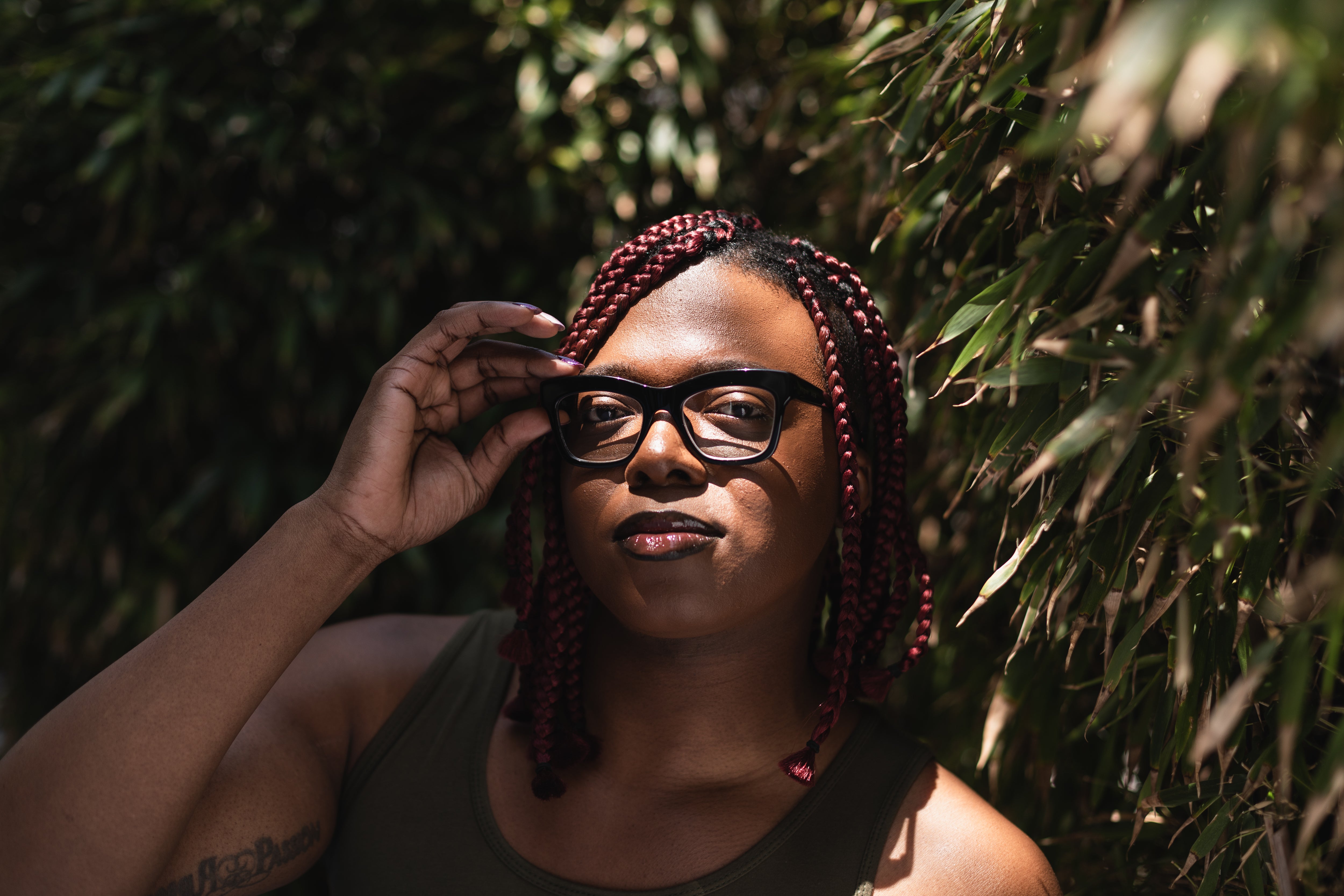
Part memoir, part media studies class, part cultural critique, “We See Each Other” tells the history of transgender representation as it collides with Anderson’s own “nonbinary and trans bad bitchery” journey. It’s vulnerable, analytical and challenges us to learn more in hopes of doing better.
“I was inspired to write this because so many folks seem to believe that we, as trans people, dropped onto the face of the earth with Laverne Cox on ‘Orange Is the New Black.’ We’ve been here,” Anderson, a 31-year-old native of South Carolina, said. “It was also important to write my own history alongside this broader history, to talk about the impact of a number of these images, but to also complicate the conversation in a way.”
From “Psycho” and “The Silence of the Lambs” to “To Wong Foo” and Tyler Perry to “Pose” and “P-Valley,” Anderson goes beyond the standard conversation of the good, bad and ugly of trans representation.
“I have realized that what could be deemed problematic can also be sites of possibility for folks, particularly in the trans community,” they said.
But even if that is true, Anderson quadruples down on the necessity of creating trans stories that focus on joy, community and love.
“Not everything is about tragedy and trauma,” Anderson said. “We have joy too, which I make sure I put in the book. I just wanted to create something that people could enjoy and learn from. And kiki with me along the way.”
“We See Each Other” also corrects the historical record by giving much-needed clarity and nuance to the past. The book tells stories about little-known historical figures, all while calling out the misgendering of Black trans people in media coverage from the 1930s and beyond. Anderson shares that this is an extension of the work of one of their mentors, the late Monica Roberts, a Black trans journalist who founded the award-winning blog Trans Griot.
Roberts, a true storyteller and historian in her own right, often wrote about how for generations, the media — both Black and mainstream — covered trans people. By doing so, she was vital in educating her readers on trans history and life.
“Monica taught me the importance of righting these wrongs,” Anderson said. “If nothing else, that’s the literal goal of this book. It helps correct the record and fills in the gaps, which is needed given how much various industries have done trans and nonbinary people dirty.”
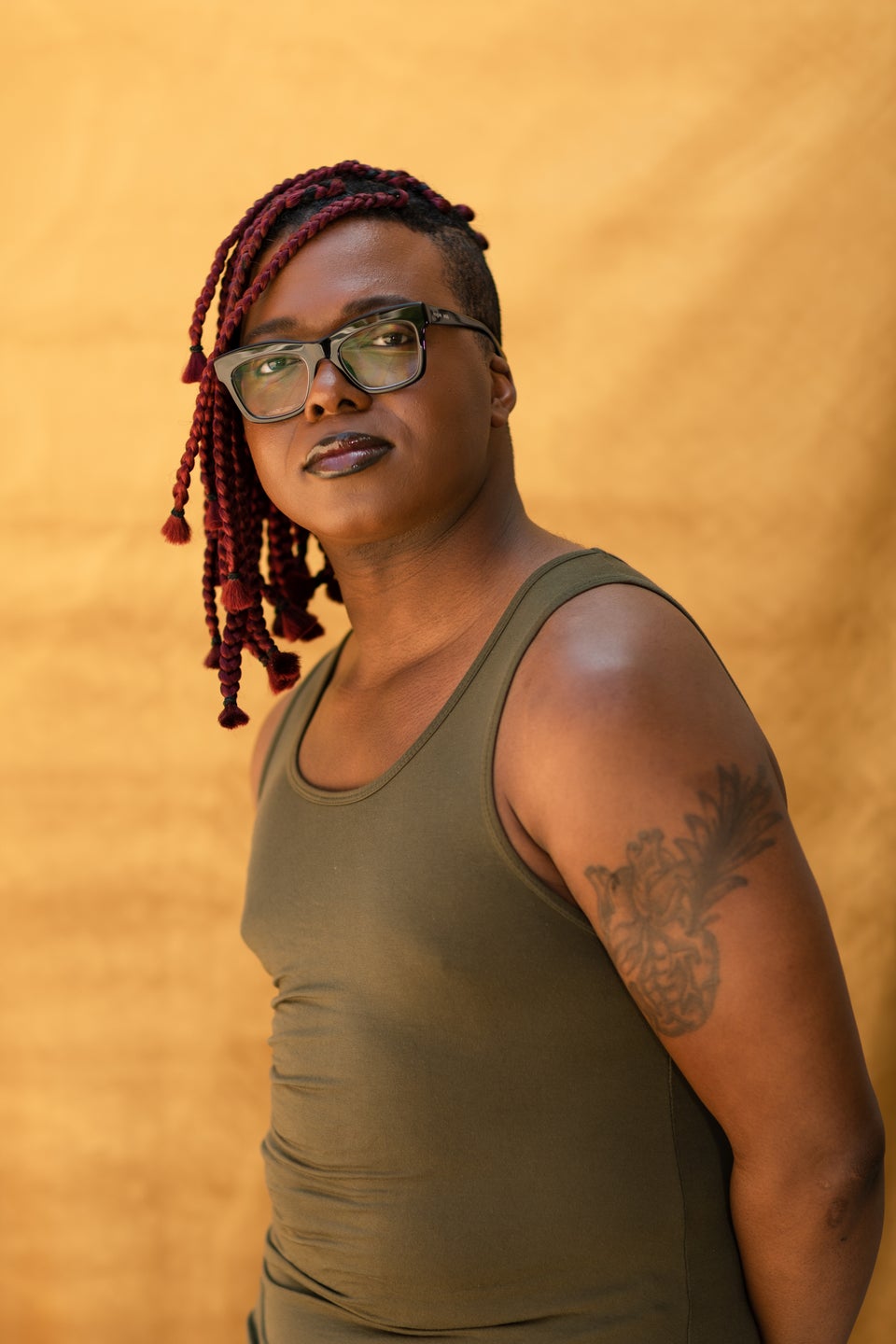
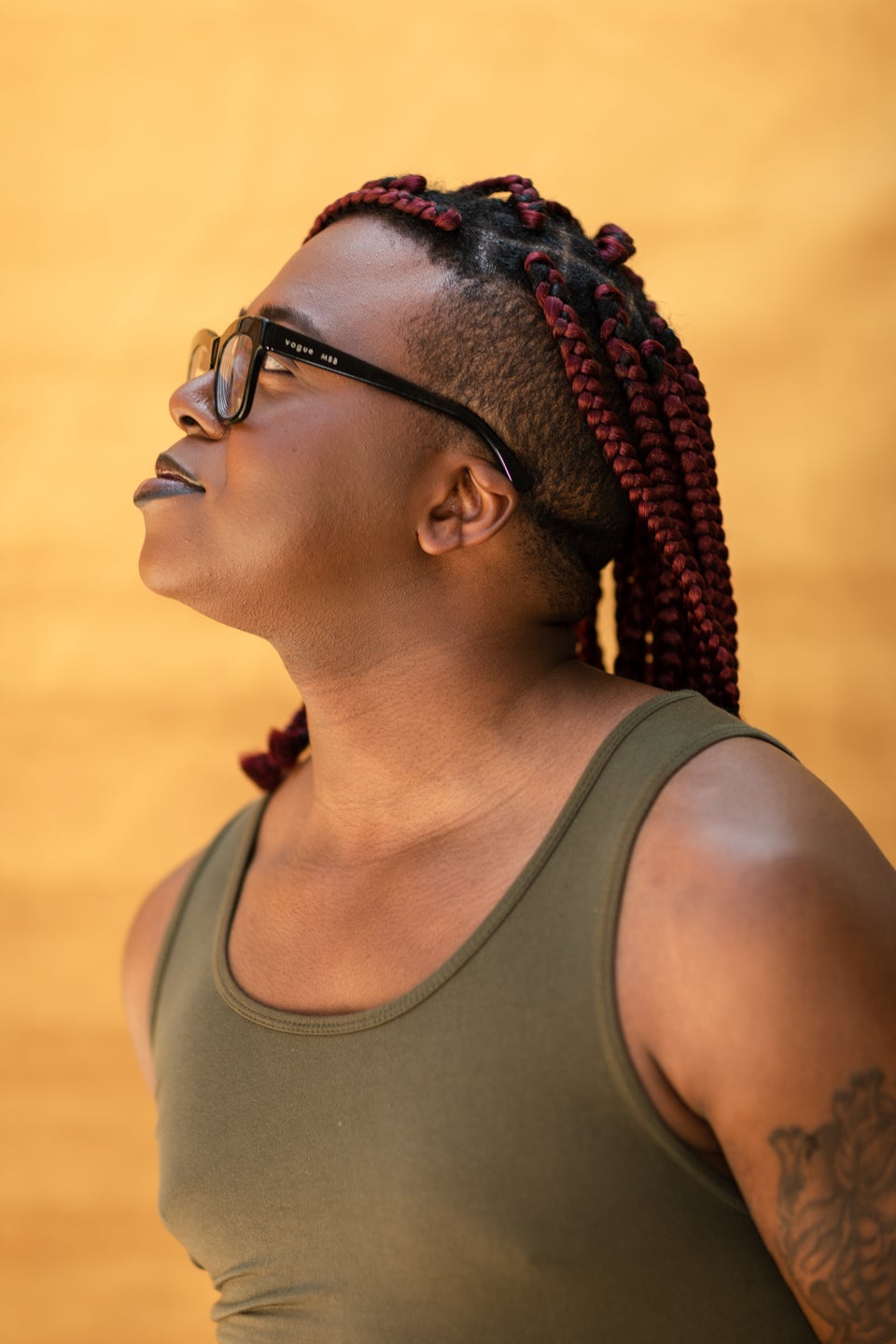
Anderson said given the current wave of book bans, “We See Each Other” is especially important.
“I hope that in 10, 15 years, when someone is looking for history on trans people through a trans perspective, they can pick up this book and know this is how it really was,” they said. “They won’t have to rely on that history from institutions that have never legitimately cared about them in the first place.”
Anderson is the first to tell you they didn’t always know they wanted to be a journalist.
“I was supposed to be Elle Woods in ‘Legally Blonde,’ that was my goal,” they say, laughing. “But by the end of undergrad, I knew I didn’t want to be a lawyer anymore. I realized that the most consistent thing I’d done since high school was working on school newspapers.”
In their senior year, they became the managing editor of the student newspaper at Morehouse College in Atlanta. After seeing that all the other managing editors before them went into the journalism industry, they decided they needed to do the same. (“I mean, what else was I going to do with this sociology degree?” they joke.)
Anderson’s impact has definitely been felt since their HBCU and Stanford J-school days, not just on the page, the airwaves, the occasional documentary or in the newsroom. They have made it their mission to carve out safe spaces for LGBTQ+ journalists on an institutional level too. This is seen in their leadership in the National Association of Black Journalists (NABJ), which boasts nearly 4,100 members. Despite the yearly annual convention feeling like a Black family reunion, for Black LGBTQ+ members, the culture can make them feel unwelcome and isolated.
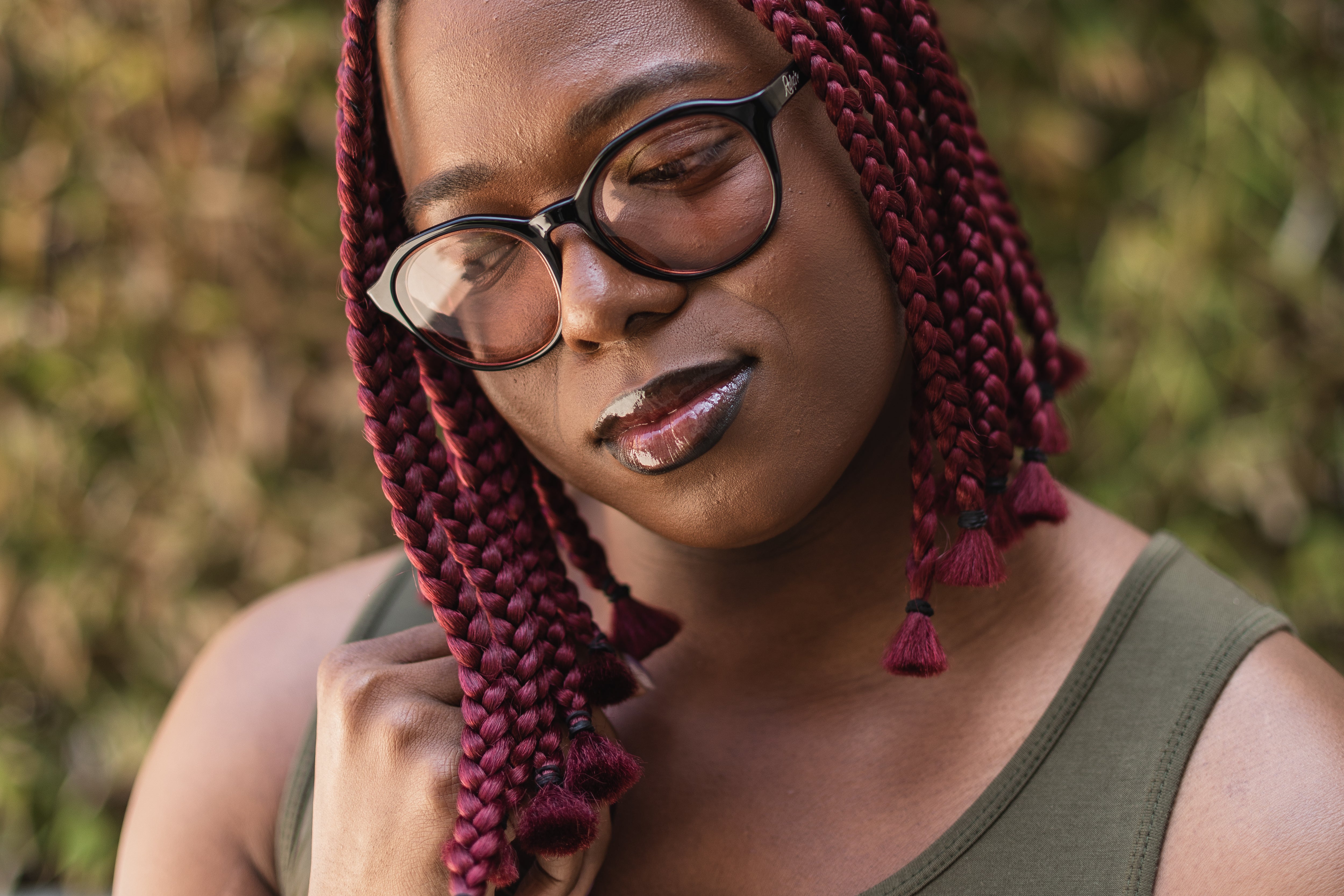
But thanks to Anderson and their colleagues’ leadership, it’s getting better. Anderson is a co-chair on NABJ’s LGBTQ Task Force , the former president of the Los Angeles chapter and a national board member; they have made some progress over the years and believes NABJ is “safer today than it was five years ago.”
“In 2021, we got Monica Roberts into the Hall of Fame. Even last year, Imara Jones was awarded Journalist of Distinction for her podcast ‘The Anti-Trans Hate Machine,’ the first trans person to be recognized on that level in our organization with that type of award,” Anderson said with a smile.
“We’ve also gotten NABJ to revamp all of its registration materials to be more inclusive, to ask if people identify as trans or nonbinary, so that we could begin to collect that information for the members that we know already exist right in our ranks.”
Anderson, who is currently running for national president of NABJ, also stresses that they have stayed in the organization to ensure the organization can be “home for all Black journalists,” which is still a work in progress.
“I want NABJ to be a space where they can be their full selves, which hasn’t always been the case. Just last year in Vegas for the convention, a transmasculine member, who likes to wear wigs and makeup every now and again, told me they did not dress the way they wanted to dress because they thought that it would be unsafe for them, even with me click-clacking up and down and the hall,” they admit.
“They’re not the only ones. My work is trying to make those people feel comfortable to change the energy and the sentiment in the organization.”
Anderson also hopes that their work within the organization, including panels, education and advocacy, will help newsrooms and cisgender and straight Black journalists cover LGBTQ issues better.
“The responsibility of telling Black trans and queer stories shouldn’t just be on the shoulders of Black trans and queer people,” they said. “Other Black people should also feel responsible, and when educated enough, they have to help us tell our stories too.”
While ensuring fair, accurate and empowering media coverage and representation of trans people has always been necessary, Anderson is clear: Given the current state of nonstop attacks against the trans community and the erasure of LGBTQ people, it’s especially needed now.
“Lawmakers across the country are getting these bills passed by telling people that trans folks are predators and we want to take up their space. The reason why they believe that is because they saw it on screen first,” they say, adding, “They saw ‘Silence of the Lambs.’ They saw ‘Psycho.’ They saw all of these images where transness and gender expansiveness were conflated with a man who dressed up as a woman to kill people.”
Anderson said because conservatives are exploiting people’s ignorance for their gain, “the result is harm, over-policing and discrimination.” This is particularly true when it comes to trans representation, and Anderson empathically believes the conversation must include the notion of protection.
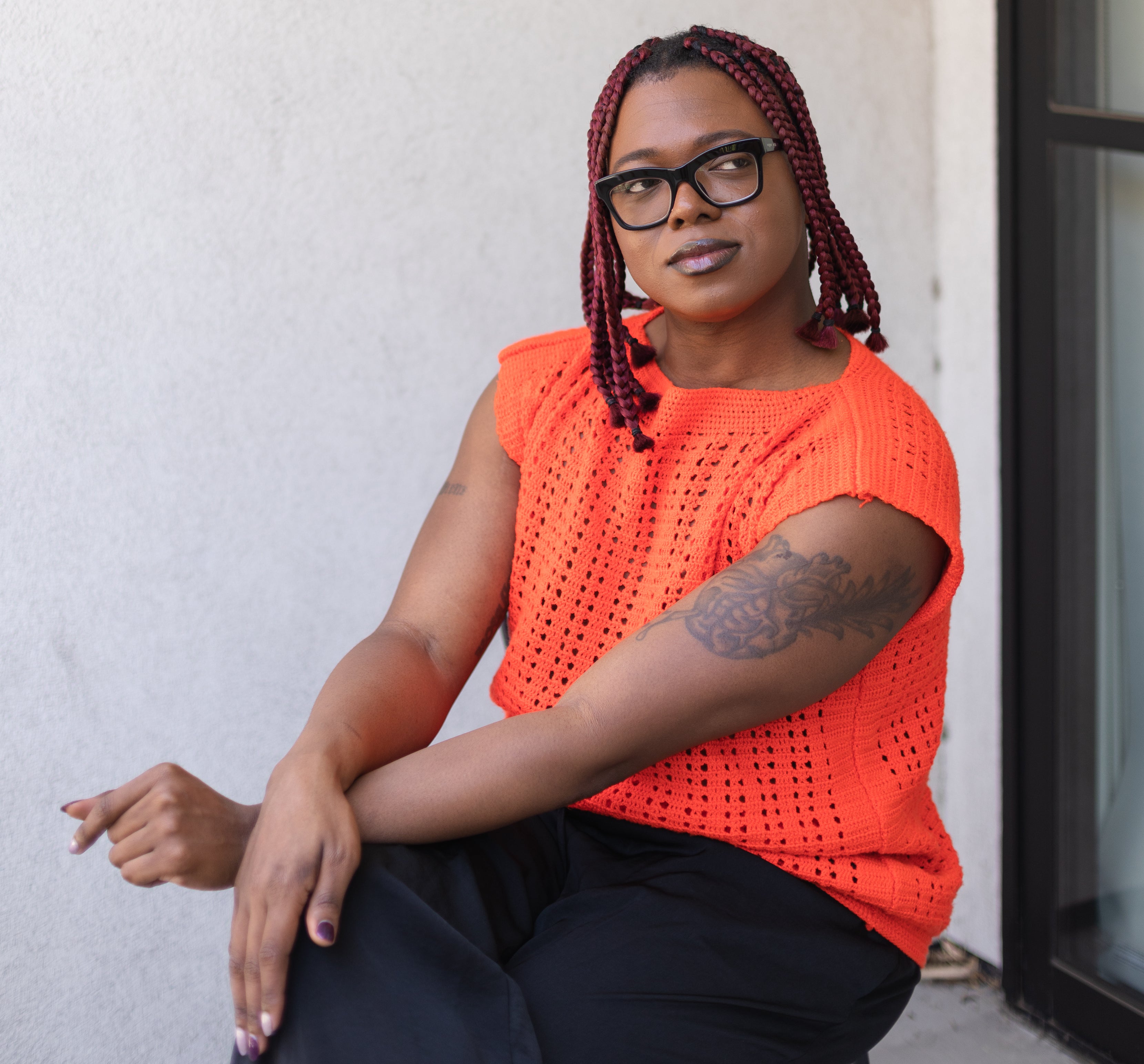
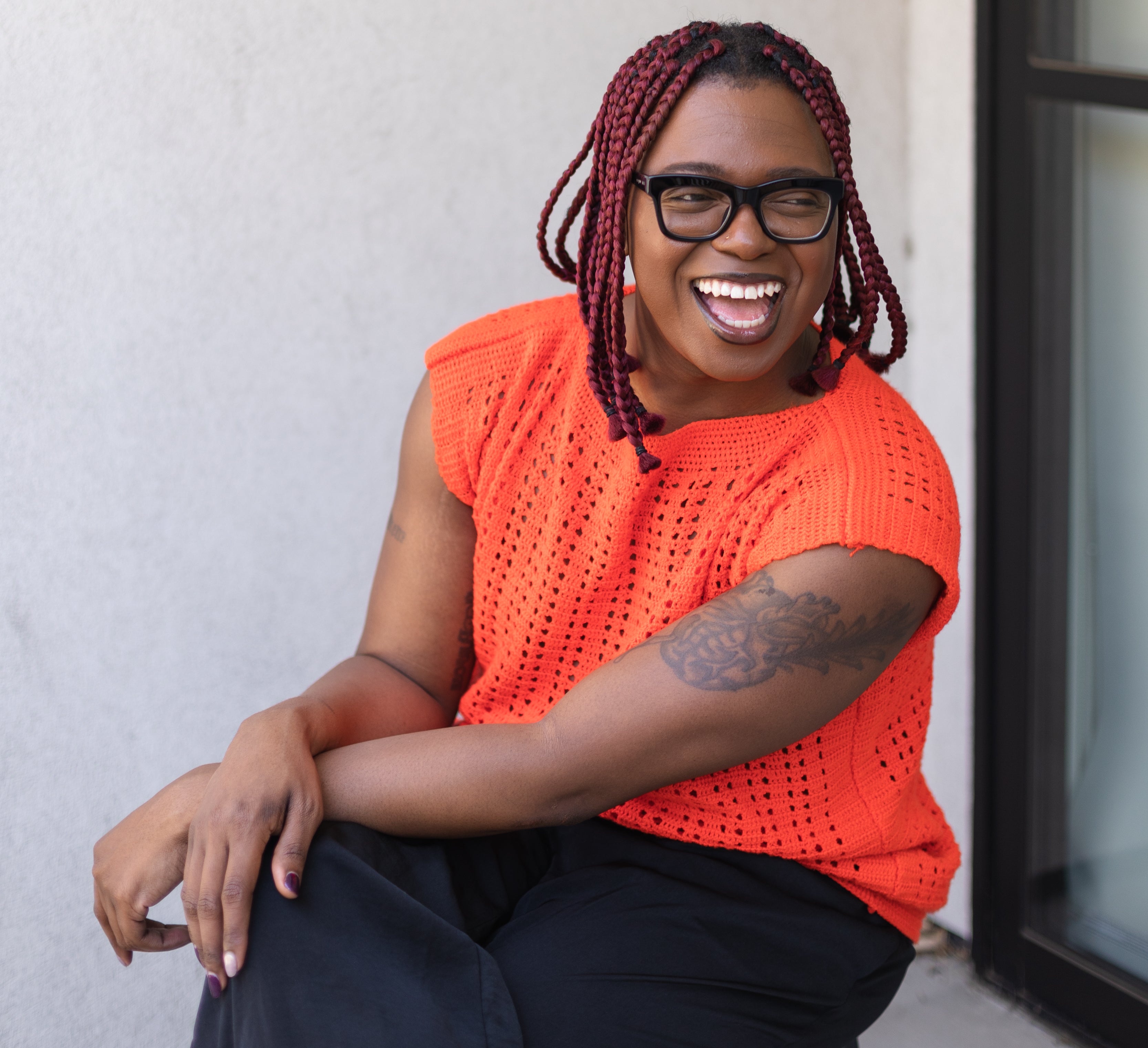
“Visibility is great. Representation is great. Being seen is wonderful, but visibility does not protect us alone,” they said. “We are in a moment in which we are the most visible we’ve ever been as a community in culture, and we are also the most vulnerable that we’ve ever been as a community in culture.”
Protection, in Anderson’s eyes, means having more accomplices — not just allies — and more stories that humanize trans people.
“Humanize us as people, and hopefully you will afford that same humanity you saw on the screen to an actual Black trans person in your local community and make those spaces safe enough for the trans people who are already there to tell you their truth,” they said.
Credit: Source link